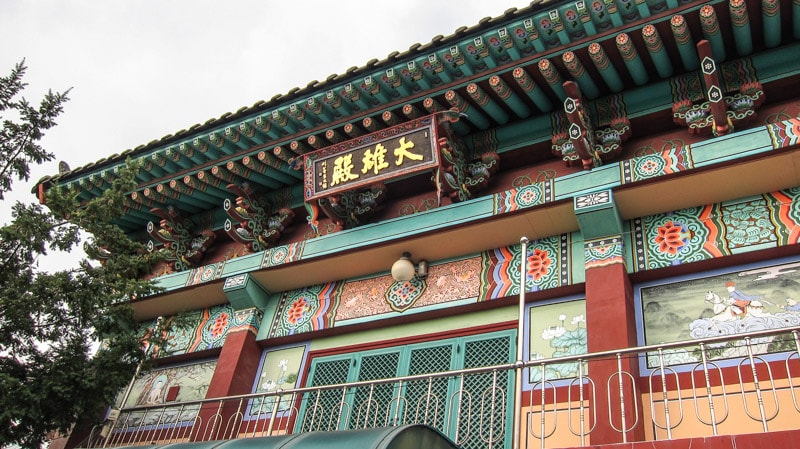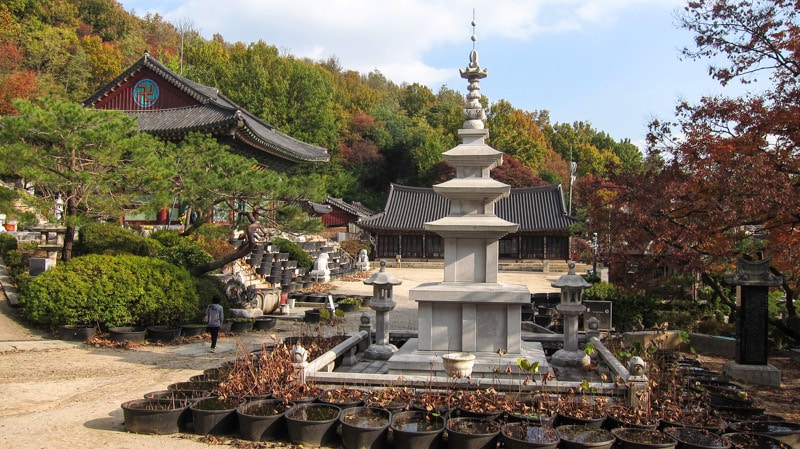
Bongwonsa Temple is a Buddhist temple dating back 1,000 years located at the foot of Ansan Mountain in Bongwon-dong. The temple was known as Banyasa when founded by Master Dosun in 889. It was originally located on the grounds of modern day Yonsei University.
In 1592, during the Japanese invasion of Korea, the temple was destroyed, like many other buildings during this period.
It was later rebuilt in its current location and renamed in 1748, during the 24th year of the reign of King Yeongjo. Two monks, Jeungam and Chanjeup, decided to name it Bongwonsa.
During the Korean War in 1950, some of the buildings here were destroyed. The Main Buddha Hall dates back to 1994 after being rebuilt after a fire in 1991.
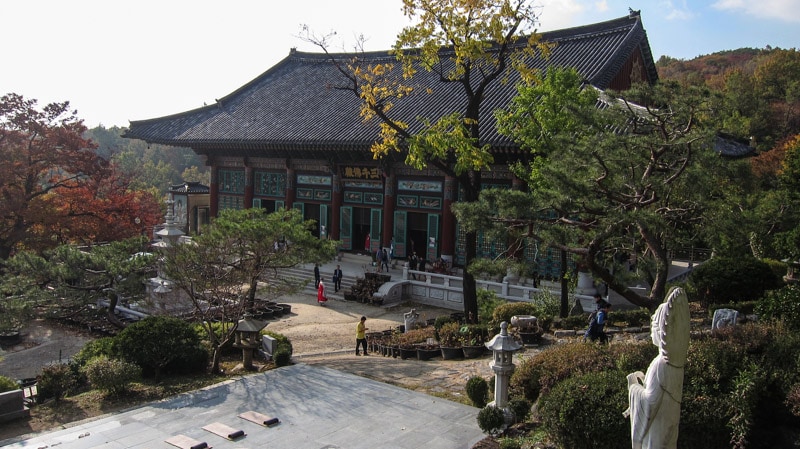
Every year on June 6, a Buddhist ritual known as Yeongsanjae takes place here. This ritual, which includes music and dancing, wishes for the reunification of Korea and for world peace. Also taking place here in the summer is the Seoul Lotus Flower Culture Festival. Lotus flowers are an important symbol of Buddhism.
The temple is located in a beautiful setting surrounded by nature. If you can, visit the temple in the fall when the foliage comes alive making the temple an amazing and wonderful place to visit.
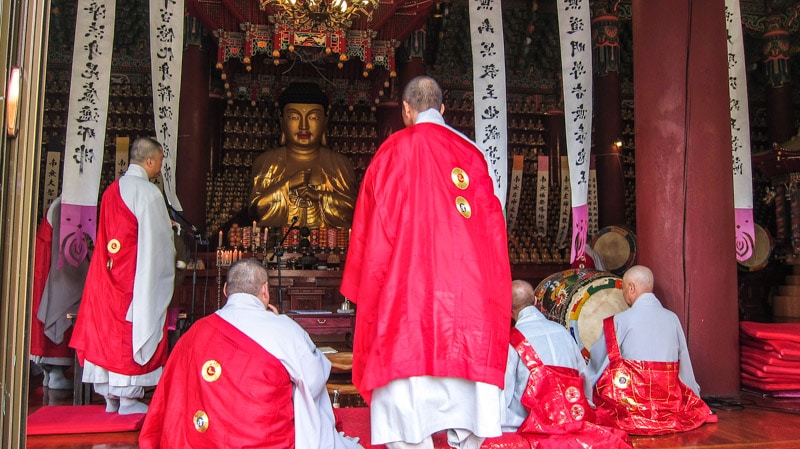
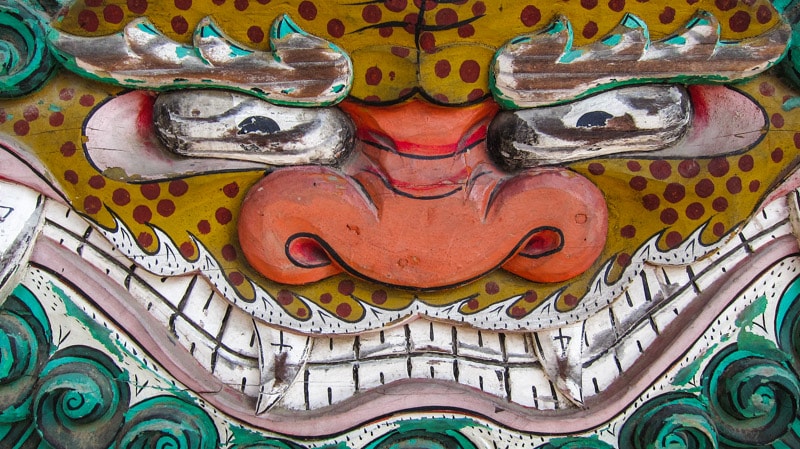
Bongwonsa Temple Information
Admission
Free
Address
120 Bongwonsa-gil, Seodaemun-gu, Seoul, South Korea
GPS Coordinates: 37.57211,126.947024
How to Get Here
Take Subway Line 2 to Sinchon Station (Exit 3).
From the exit, walk straight to the first bus stop and board Bus 7024 (Bus 7024 is not listed on the bus stop sign).
Take the bus to the last stop.
From here, walk out of the parking lot and follow the road uphill for 350 meters to reach the temple.
Bongwonsa Temple Video
Map
Additional Resources
Viator by TripAdvisor
Viator is a popular online platform that helps travelers book tours, activities, and unique experiences worldwide, including in Seoul. It connects users with a wide selection of options – from sightseeing tours to cultural events and outdoor adventures – all offered by local providers.
Klook
Klook offers discounted tickets and reservations for various attractions and services in Seoul, from theme parks and museums to tours and transportation options.
Rakuten
Save money while exploring Seoul with Rakuten's cashback program. Book your hotels or other services through Rakuten and enjoy cashback rewards and exclusive deals.
If you sign up using the link below, you could earn $30 cashback on your first purchase over $30.
Book Recommendations
For an immersive guide to Seoul, many travelers choose to bring a book along. Fodor's Seoul, for example, offers detailed recommendations on sights, restaurants, maps, and travel tips.
Nearby Sights
Seodaemun Prison History Hall
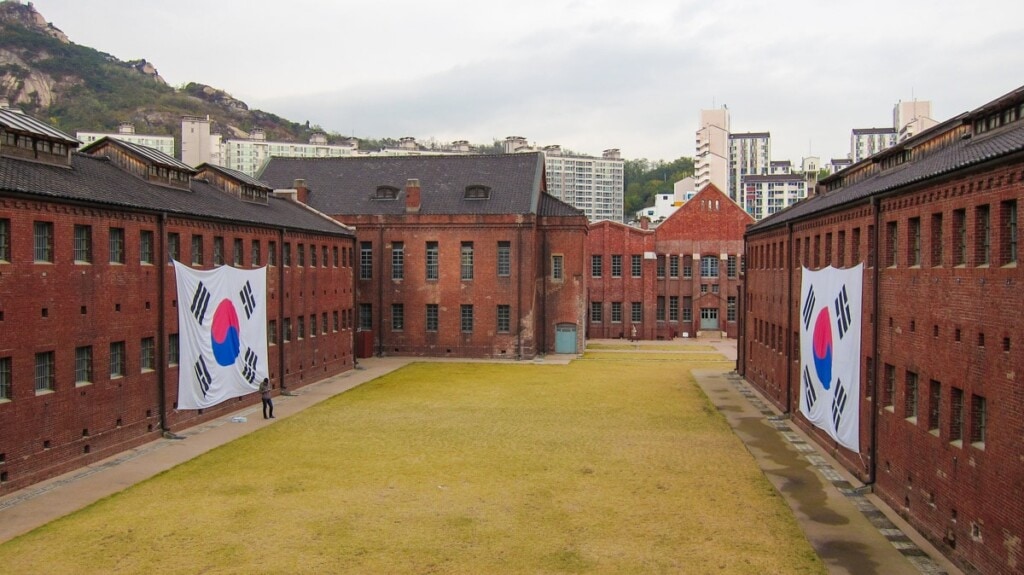
The Seodaemun Prison History Hall is a museum and memorial that honors those who suffered and gave up their lives for Korea during the Japanese occupation. The institution was used by the Japanese to house independence and pro-democracy activists. It also represents the suffering of the Korean people as they struggled to archive independence and democracy.
Dongnimmun Gate (Independence Gate)
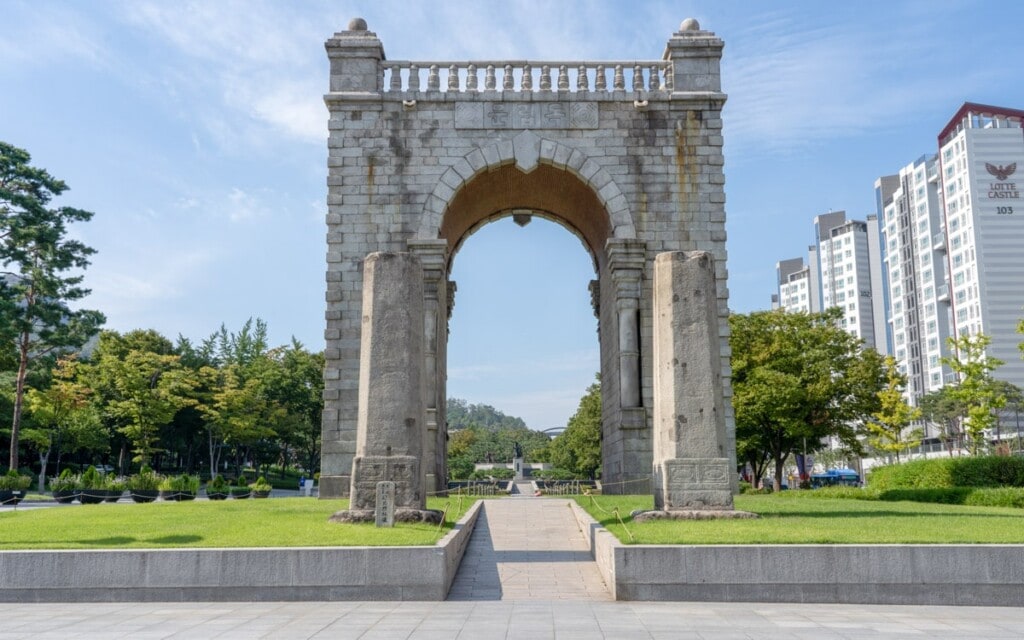
Dongnimmun Gate (Independence Gate) is a memorial built to honor the Korean people and their fight for national independence over foreign intervention. The gate is located in the southeastern corner of Seodaemun Independence Park near Seodaemun Prison History Hall. A gate known as Yeongeunmun once stood at this location. It was here where Chinese and other foreign envoys were received and greeted.
Guksadang Shrine
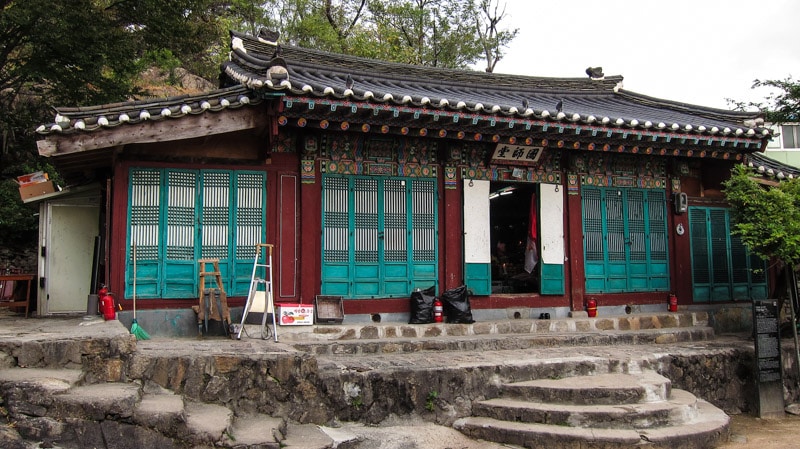
Guksadang Shrine, on Mt. Inwangsan, is one of the most important and almost mythical Shamanic shrines in Korea that at a time was used for exorcisms. Shamanism is a religion with beliefs in unseen worlds of gods, demons, and spirits. Shamans believe in 12 deities which are the spirit of the mountain, the spirit of the dragon king, the spirit of three monks, and spirit of seven stars.
Yeongcheon Market
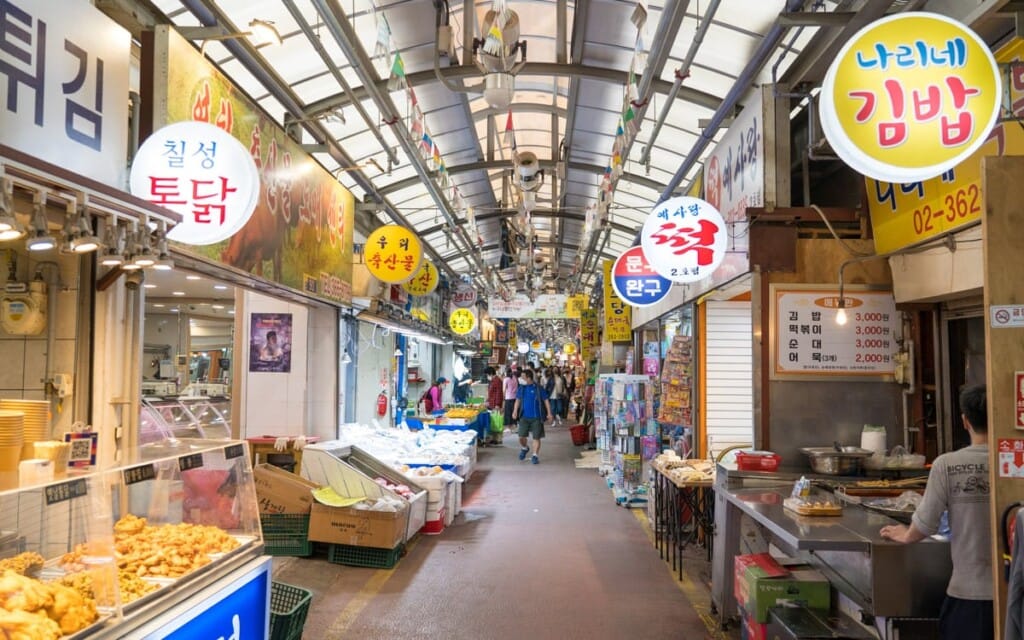
Yeongcheon Market is a small traditional market located between Seodaemun Station and Dongnimmun Station in Seodaemun-gu. Established in the 1960s, this single alley covered market with about 130 stores is popular for its street foods, fresh produce, fruits, meats, seafood, toys, shoes, and more. Although it is not large in size, Yeongcheon Market features a wide variety of items sold at affordable prices. As you walk down the 250 meter (820 foot) alley, you might notice how many of the stores sell similar items whether it's vegetables, meat, garlic, seafood, dried peppers, or spices.
Sajik Park
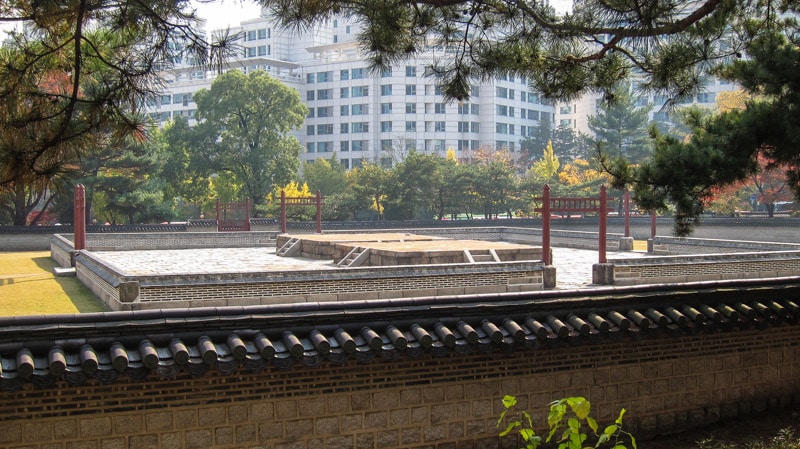
Sajik Park is a park located near the Central Government Complex on the hills of Mt. Inwang. Rites to the deities of earth and grains are performed here. It was here where sacrifices and ceremonies were performed in honor of the deities of the earth and the deities of the grains.
Last Updated on Mar 14, 2025
